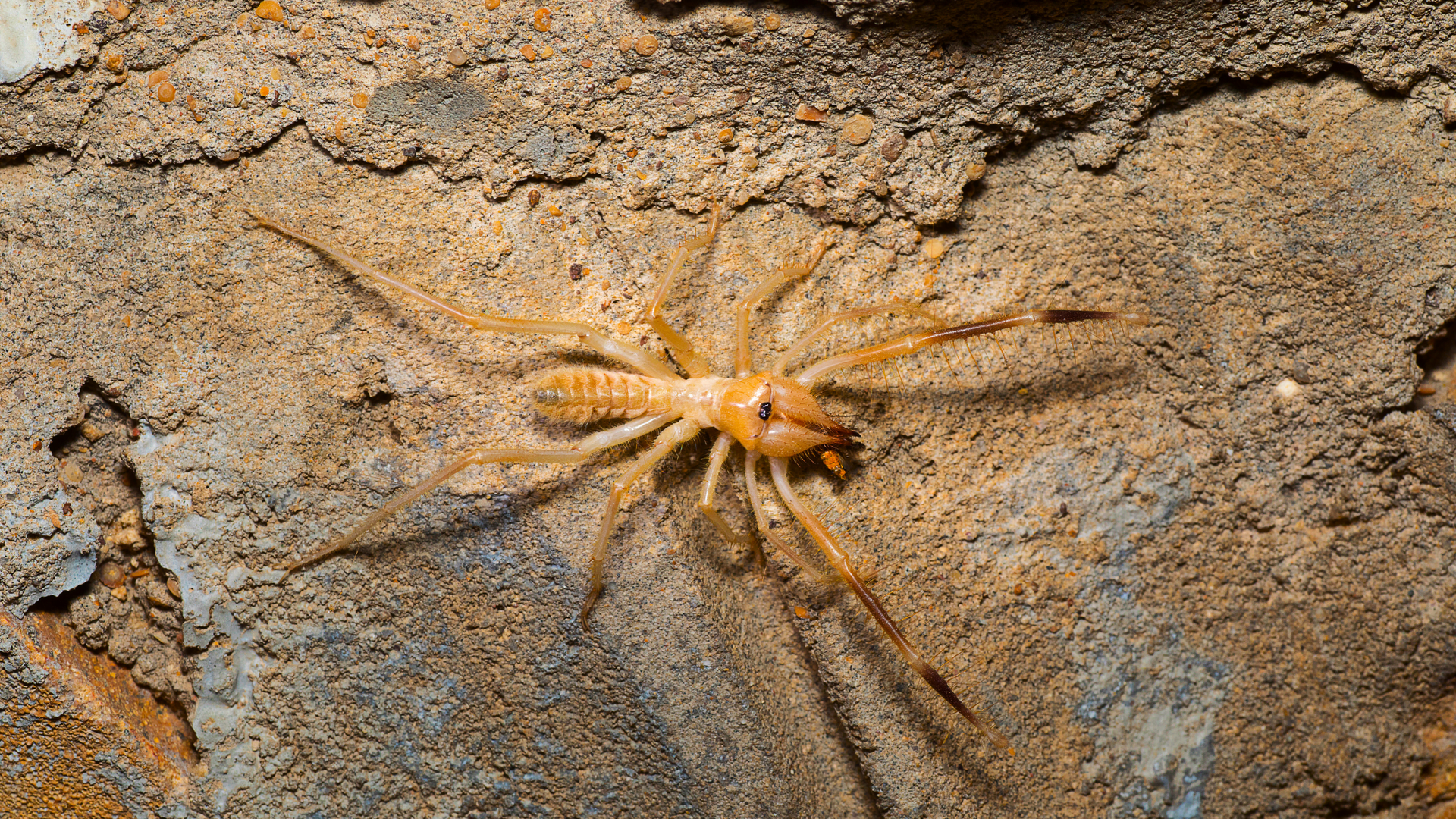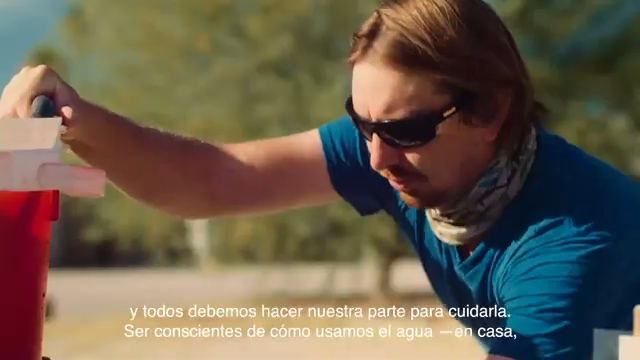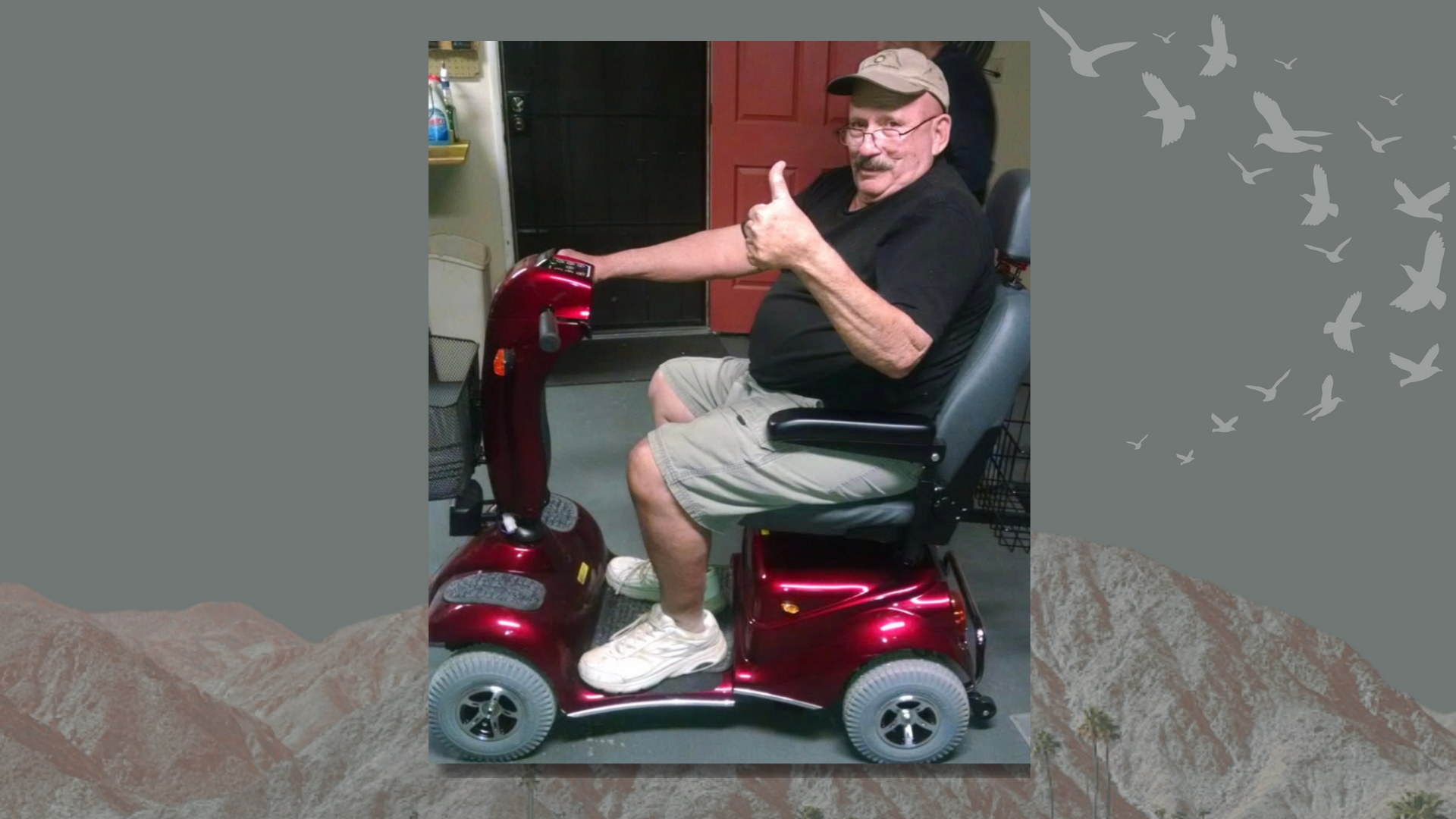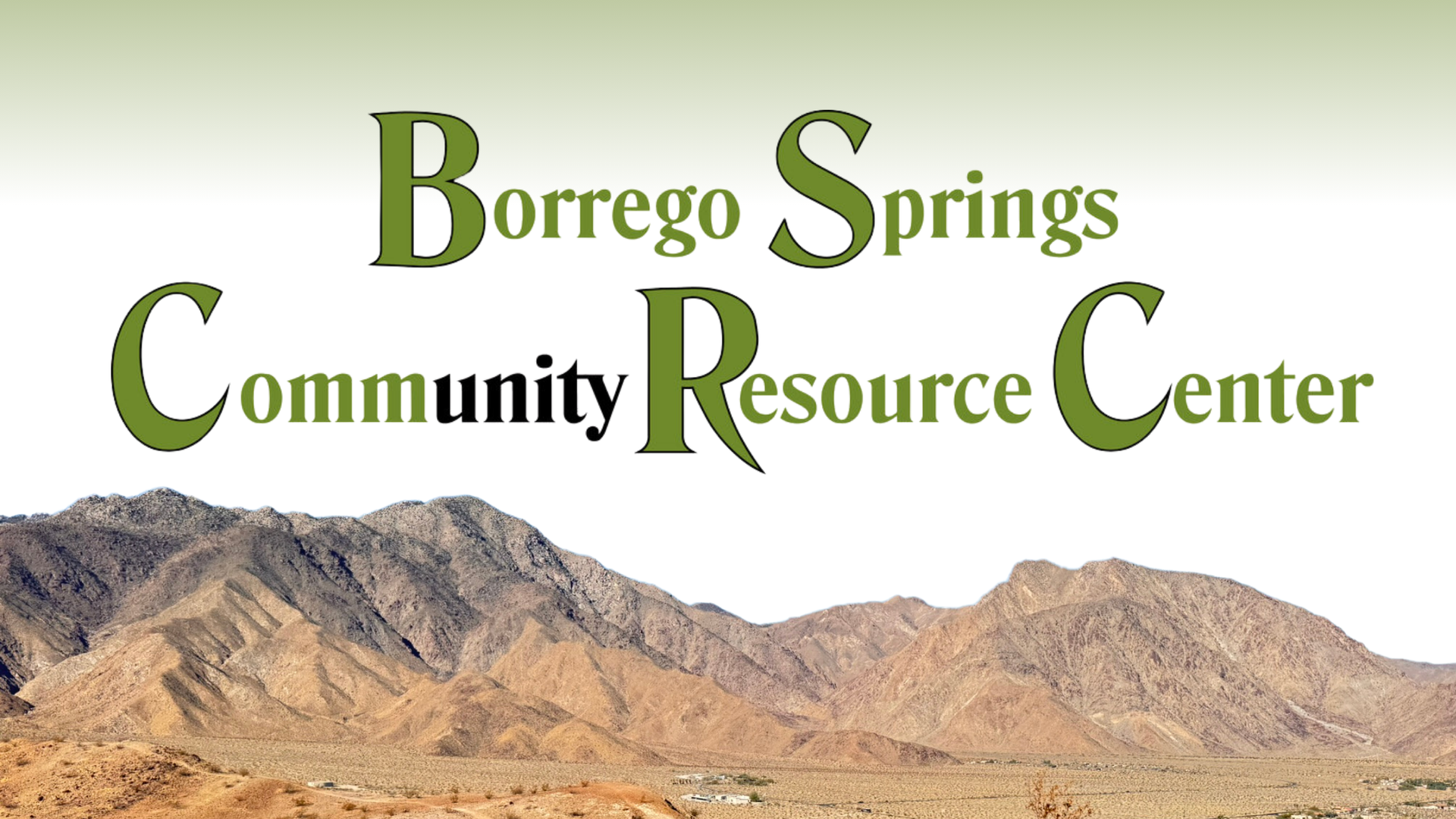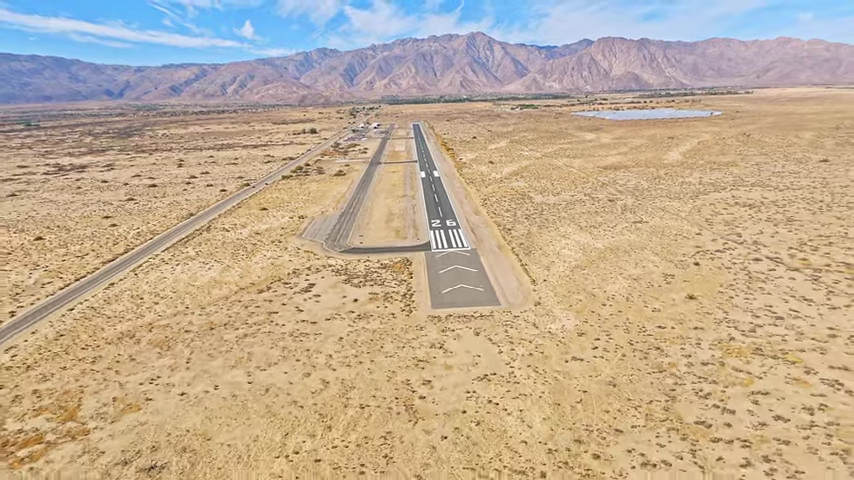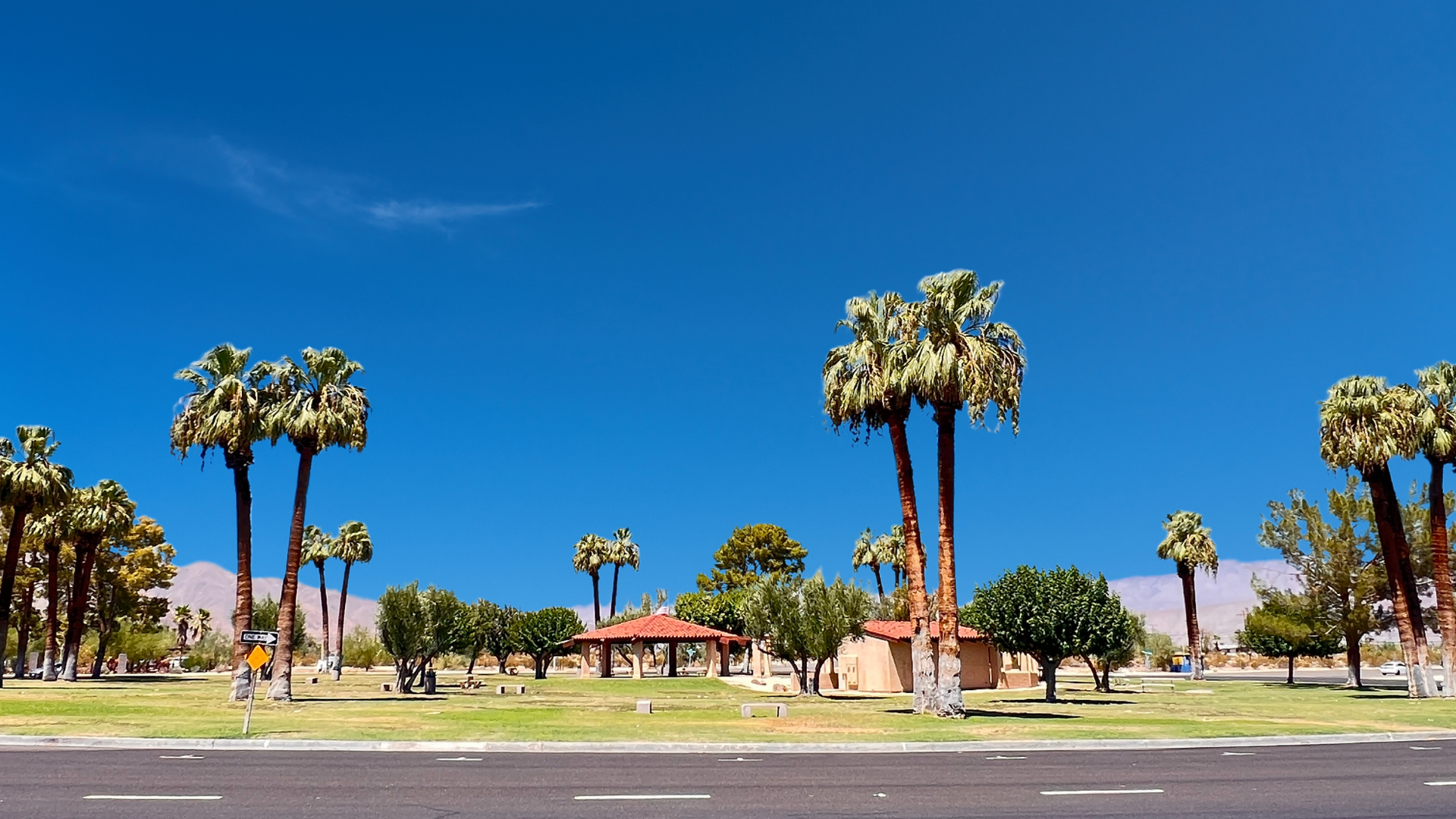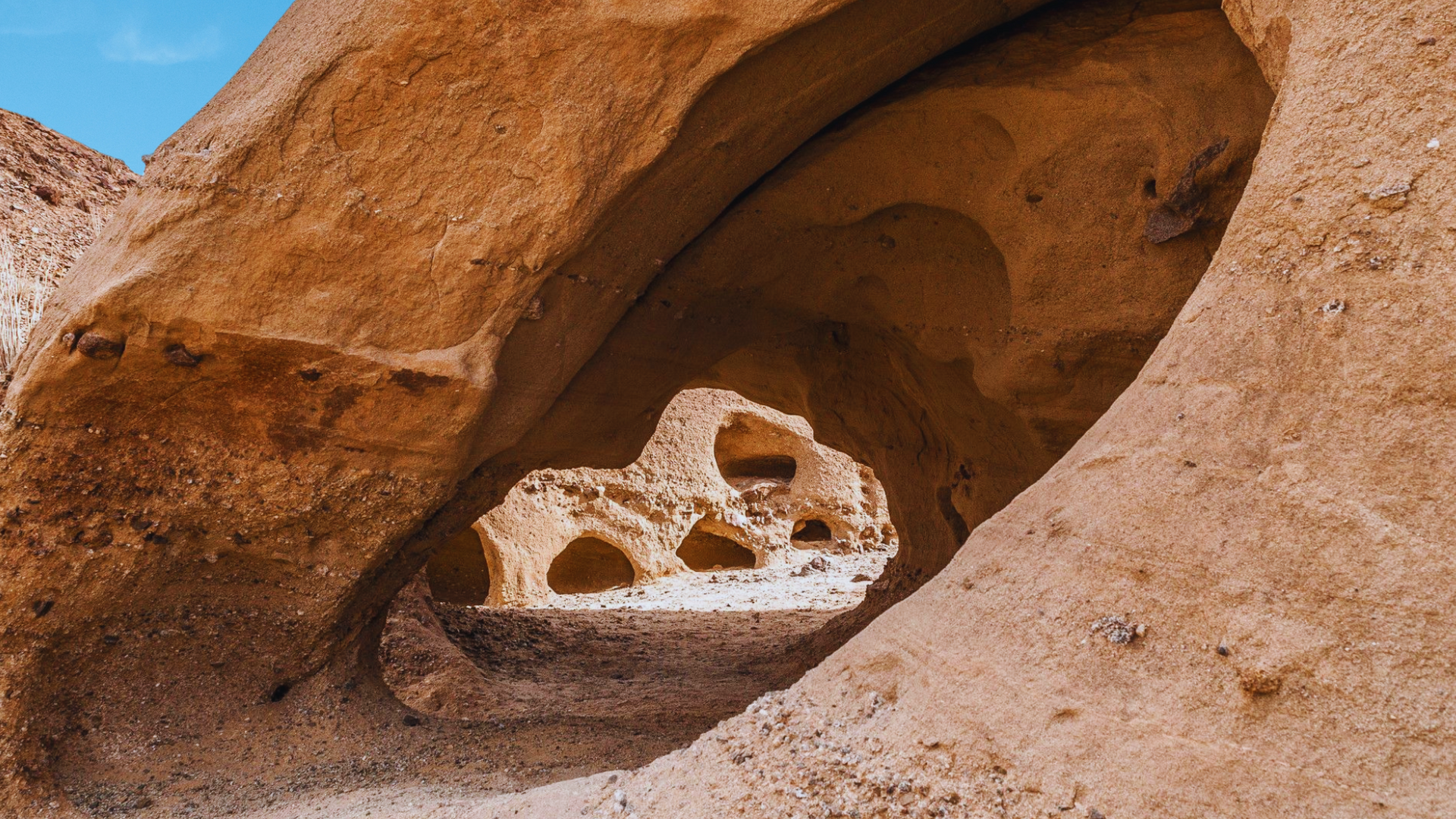History Of Collins Valley: Anza Borrego State Park
Share
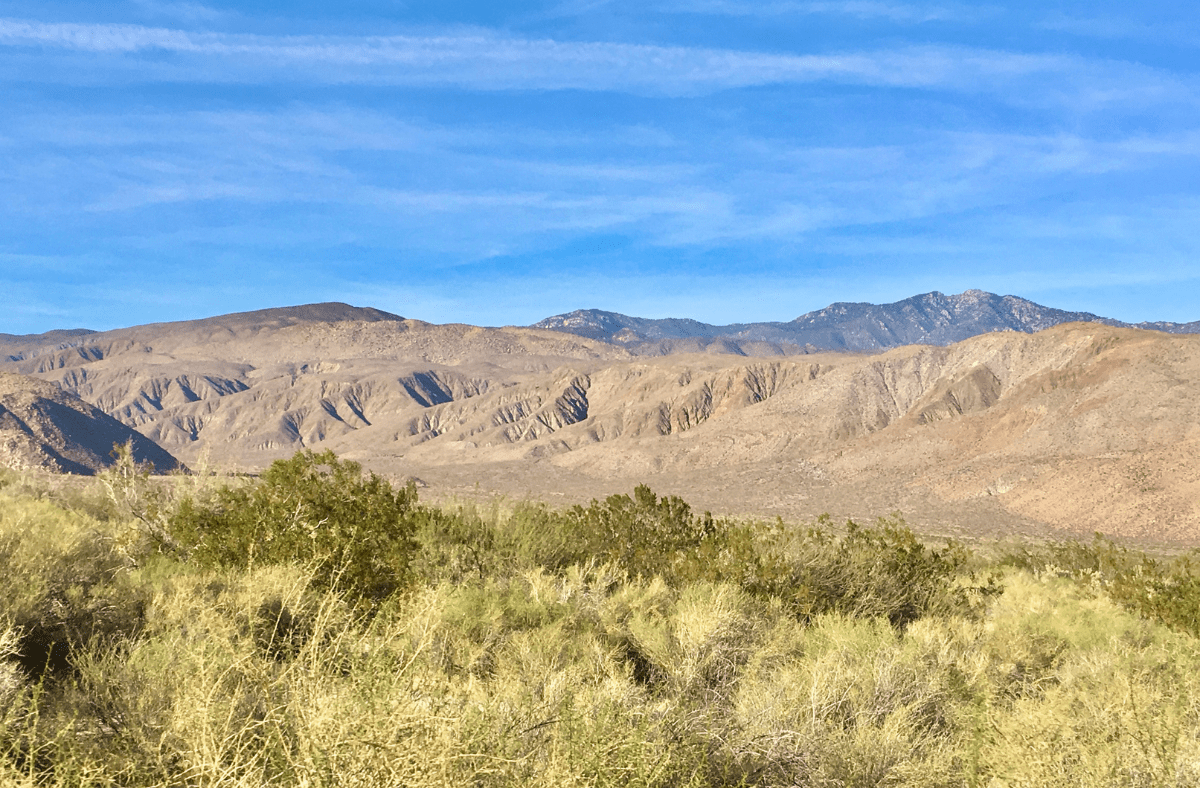
A Brief History of John Collins and the Collins Valley
Meeting the Collins Family
In October 1900, John Collins ventured into the remote desert wilderness of Coyote Creek to prospect for valuable minerals and seek out new opportunities for his family. During his journey, Collins discovered a prime location for a homestead, which he believed would provide an ideal life for his family. The Collins family soon established their home, embodying the frontiersman spirit that defined their time. John Collins, his wife, and their children embraced the challenges of life in the desert, adapting to the harsh environment and learning to thrive in their new surroundings.
Life in the Desert
The Collins family forged strong bonds with the local Indian tribe, learning from their new neighbors and sharing resources. This relationship was invaluable in their quest to survive and prosper in the unforgiving desert. Bernado Segundo, the chief of the San Ignacio Reservation, played a crucial role in the lives of the Collins family. He offered guidance and support, helping them navigate the challenges of life in the desert. Despite the hardships, the Collins family managed to create a peaceful life for themselves, embracing the beauty and solitude of the desert. However, their tranquility would soon be disrupted by a series of unfortunate events.
The Joel Reed Homestead and Land Disputes
Joel Reed, a previous settler in the region, had filed a claim for 160 acres near Santa Catarina Spring on January 3, 1888. His claim would later become a source of conflict with the Collins family. Joel Reed faced challenges to his claim from both Bill Fain in the late 1880s and John Collins in the early 1900s. Collins, who had brought his family to the valley in the late 1890s, believed Reed’s claim was faulty and attempted to file his own homestead over it in 1902.
The dispute between Reed and Collins escalated, with both men trying to force the other out of the valley. In the end, both of their cabins were burned to the ground, marking a tragic turn in the Collins family’s story.
The Final Straw: Arson and a Forced Departure
In a devastating act of arson, the Collins family’s tent and wagon were burned to the ground, leaving them with little choice but to abandon their homestead in Coyote Creek. Although the Collins family identified the person responsible for the arson, the local authorities provided no protection or recourse for the family. This lack of support further contributed to their decision to leave the valley.
A New Chapter: Life After Coyote Creek
After leaving Coyote Creek, the Collins family relocated to a cabin near Julian. The local Indian tribe, with whom they had forged strong bonds, continued to support them in their new life. John Collins continued his prospecting endeavors, seeking new opportunities for his family. Eventually, the Collins family moved to Long Beach, leaving the harsh desert life behind but maintaining their connection to the region.
Despite their departure from the valley, the Collins family’s legacy lived on. The valley that once was their home now bears their name as a testament to their courage, determination, and resilience in the face of adversity. The story of John Collins and his family continues to inspire those who visit Collins Valley in Borrego State Park.

Directions to Collins Valley and Exploring the Area:
Collins Valley is located in San Diego County, Southern California, at a latitude of 33.38309° north and longitude of -116.46085° west. It has an elevation of 1,398 feet (426 meters).
To reach Collins Valley, take Highway 78 to Borrego Springs Road, then head south towards the Borrego State Park. From there, follow the signs to Coyote Canyon Road, which leads you to the entrance of the valley.
The area is known for its rugged beauty and diverse plant and animal life. As you explore the valley, you’ll be surrounded by vast expanses of desert wilderness, punctuated by canyons, creeks, and stunning vistas.
Vehicle Requirements and Dry Camping:
A high-clearance, four-wheel-drive vehicle is recommended for reaching Collins Valley, as the roads can be rough and sandy. Always exercise caution when driving in the desert, and be prepared for changing conditions.
For those looking to fully immerse themselves in the desert wilderness, dry camping is an excellent option. There are no facilities or amenities in Collins Valley, so campers must be self-sufficient and prepared to “leave no trace.” This type of camping allows you to experience the serenity and beauty of the desert while honoring the legacy of John Collins and his family.
In conclusion, Collins Valley is a testament to the strength and determination of the Collins family, who overcame great challenges to make a life for themselves in the desert wilderness. By visiting the valley and learning about its history, you can gain a deeper appreciation for the natural beauty and rich heritage of this remarkable region.
